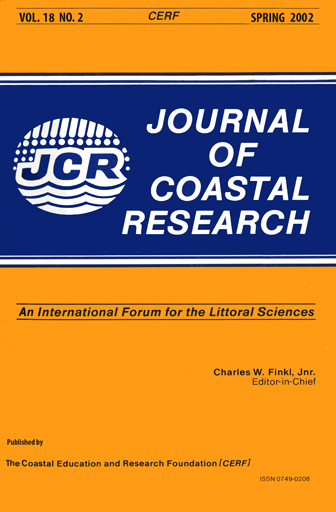Late Quaternary Evolution of the Orinoco Delta, Venezuela
Keywords:
Orinoco Delta, Orinoco River, late Quaternary, late Pleistocene, Holocene, Venezuela, Human impacts, Eastern Venezuela Basin, sea-level change, subsidence, paleoclimate, Guayana littoral current, Guiana CoastAbstract
The modern Orinoco Delta is the latest of a series of stacked deltas that have infilled the Eastern Venezuelan Basin (EVB) since the Oligocene. During the late Pleistocene sea-level lowstand (20,000 to 16,000 yrs BP), bedrock control points at the position of the present delta apex prevented the river channel from incising as deeply as many other major river systems. Shallow seismic data indicate that the late Pleistocene Orinoco incised into the present continental shelf, where it formed a braided-river complex that transported sediment to a series of shelf-edge deltas. As sea level rose from 16,000 to 9,500 yrs BP, the Orinoco shoreline shifted rapidly land ward, causing shallow marine waves and currents to form a widespread transgressive sand u nit. Decelerating sea -level rise and a warmer wetter climate during the early Holocene (9,500 to 6,000 yrs BP) induced delta development within the relatively quiet -water environment or the EVB embayment. Sea level approached its present stand in the middle Holocene (6,000 to 3,000 yrs BP), and the Orinoco coast prograded, broadening the delta plain and infilling the EVB embayment. Significant quantities or Amazon sediment begun to be transported to the Orinoco coast by littoral currents. Continued progradation in the late Holocene caused the constriction at Boca de Serpientes to alter nearshore and shelf hydrodynamics and subdivide the submarine delta into two distinct areas: the Atlantic shelf and the Gulf of Paria. The increased influence or littoral currents along the coast promoted mudcape development. Because most or the water and sediment were transported across the delta plain through the Rio Grande distributary in the southern delta, much or the central and northwestern delta plain became sediment starved, promoting widespread accumulation of peat deposits. Human impacts on the delta are mostly associated with the Volcan Dam on Canu Manamo. However, human activities have had relatively little effect on the delta processes and environments.


